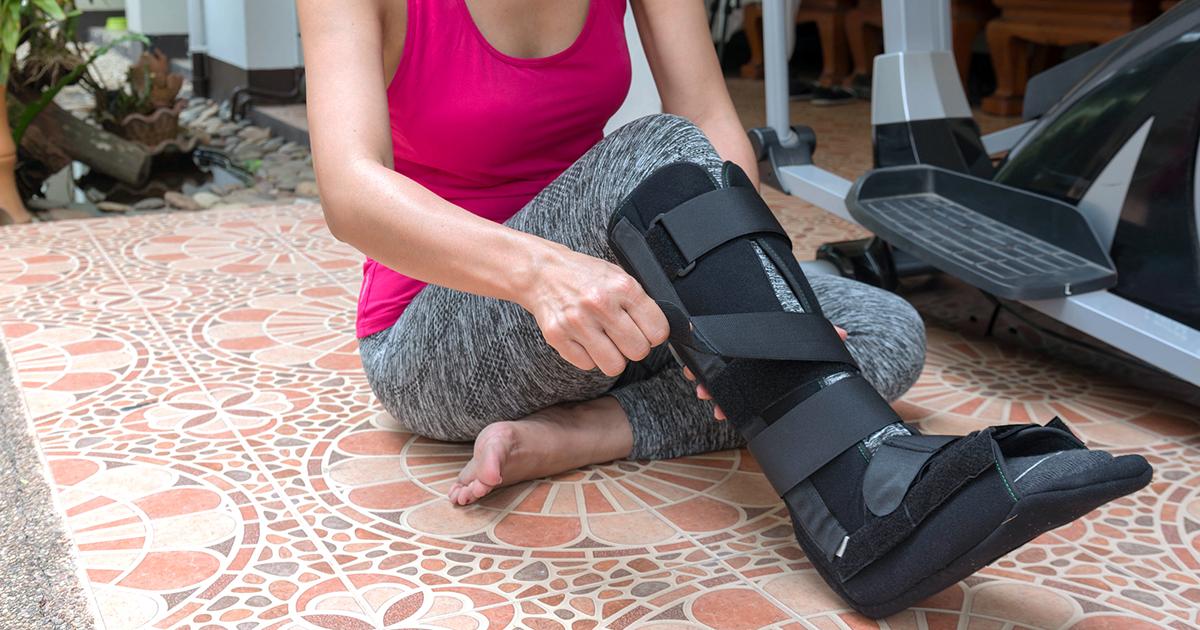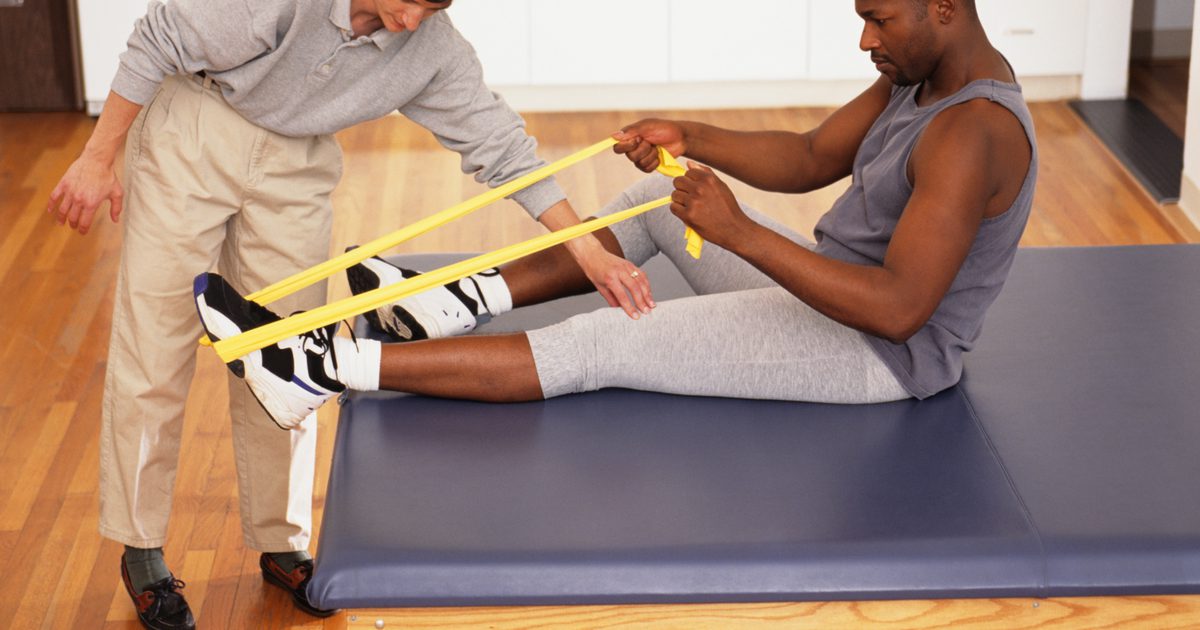Guide To Treating Peroneal Tendonitis
Physical Therapy
Physical therapy can be incredibly useful when dealing with peroneal tendonitis in many ways. In the beginning, it may be purely passive. This type of physical therapy involves using heat, ice, soft tissue massage, and ultrasound waves to alleviate pain. A physical therapist may also use manual therapy techniques to loosen up the area. Many exercises will be done as part of physical therapy as well. Range of motion exercises can increase the flexibility of the foot and ankle, helping prevent future injuries. Strengthening exercises are important if patients have been staying off their feet for an extended period. They can be done using resistance bands, exercise balls, and weights. The last type of physical therapy patients may receive will be purely functional, which means it will be exercises specifically tailored for the types of activities they do.
Get to know the next peroneal tendonitis treatment now.
Wearing A Brace Or Boot

Doctors and physical therapists may recommend wearing a brace or boot to reduce the stress placed on the affected ankle. Often, RICE treatment, which is comprised of rest, ice, compression, and elevation, is recommended. There are ankle braces that are well-suited for both supporting the tendons in the ankle and compressing them. The reason compression is useful in these situations is it reduces both inflammation and pain. Boots are useful when the goal is to immobilize the ankle as much as possible while still being able to walk. Once the injury is healed, doctors may recommend wearing a brace when running or engaging in sports to prevent a repeat injury.
Unveil another treatment method for peroneal tendonitis now.
